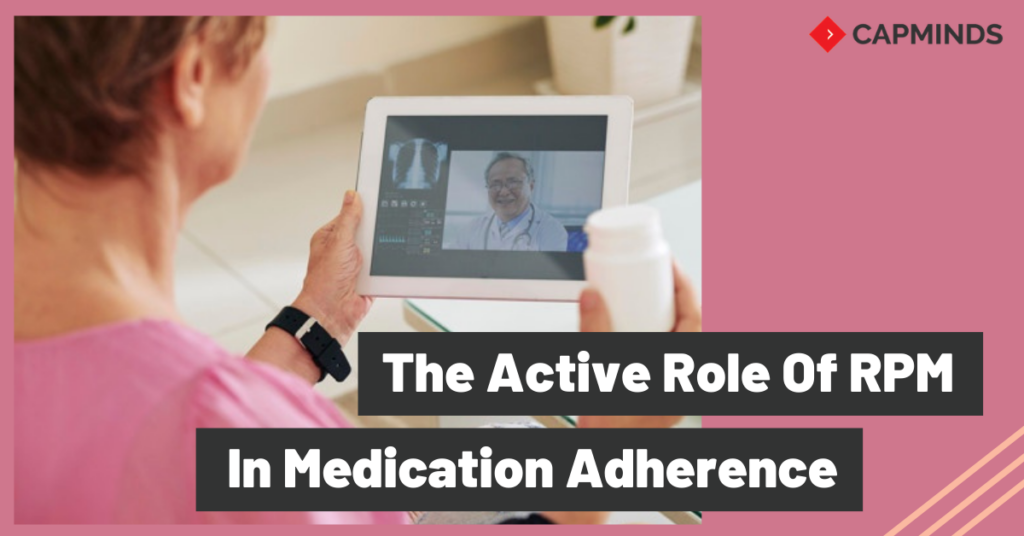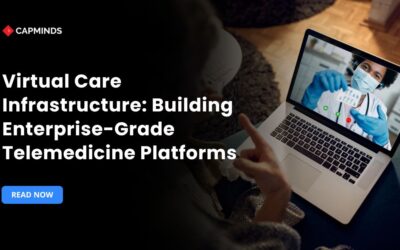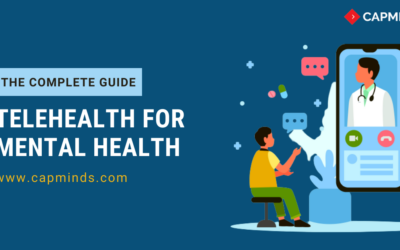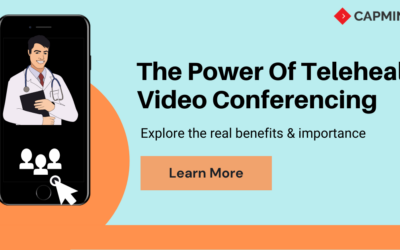The Active Role Of RPM In Medication Adherence
Patient medication adherence is a crucial part of the healthcare sequence. Healthcare organizations and clinicians are undergoing some critical challenges to improve the rate of patient medication adherence. Luckily, the growing adoption of Remote Patient Monitoring (RPM) is defining itself to be an effective tool to meet this kind of challenge.
The quality healthcare outcomes are always dependent upon the patient’s adherence to the recommended medications and its plays a crucial role in the overall costs seen by both patients and healthcare industries. Patient non-adherence is considered to be one of the economic burdens for the practice growth.
With the serious impact of the COVID-19 pandemic in the healthcare sector, the role of RPM is more important and relevant than ever. But still many healthcare organizations have a lot of questions regarding how RPM can help them to increase medication adherence effectively. In this post, we explain the role of RPM in medication adherence.
How Does Remote Patient Monitoring Work?
Remote patient monitoring allows the healthcare providers to collect important health data from patients who are being monitored remotely from their comfort places. This method of patient monitoring helps the physicians to reduce hospital readmissions, maintain secure communication better patient and physician, and to deliver quality healthcare for patients on time.
Top 3 RPM Functions:
Health Data collection: Once the patient activates the remote patient monitoring device, their wide range of health information such as weight, blood pressure, blood oxygen levels, heart rate, blood sugar, and electrocardiograms are collected and stored securely on internal systems.
Health Data Transmission: The collected health data is then securely transmitted to the healthcare professionals such as monitoring centers in hospitals and intensive care units via the internet, text, or any other form of communication as they prefer.
Health Data Evaluation: The healthcare providers will go through the health data and intimate any areas of concern. The data regarding this concern will again be sent back to the patients.
RELATED: EXPERT’S GUIDE:WHY TO FOCUS ON REMOTE PATIENT MONITORING?
How RPM Devices Helps In Improving Medication Adherence?
- The health devices such as blood pressure monitors, health implants, biosensors, and other advanced healthcare monitoring tools will automatically collect the patient’s health data remotely and make physicians understand the patient’s condition easier than ever.
- The RPM devices such as smartwatches, smartphones, activity trackers will allow to easily track and monitor heart rates and activity levels easily.
- The online patient portals allow patients and caregivers to maintain the health records digitally and access them anytime and anywhere.
- The medication-specific applications can offer automated medication reminders or alerts to the patients via voice, text, or email. This helps the patients to take their medications on time and notify their caregivers once the medication has been taken.
RELATED: HOW PATIENT PORTALS IMPROVE PATIENT ENGAGEMENT?
The Active Role Of RPM In Medication Adherence
With the remote patient monitoring solution, today clinicians can easily able to see what’s going on in the medication adherence process and what things need to be adjusted for effective healthcare delivery. A study shows that the patients who take their medications correctly as prescribed by their physicians do better than the patients who don’t take their medications.
The role of RPM in medication adherence not only providers physicians and nurses with the visibility of their patient’s medications. It also allows the informal caregivers to take a greater role here. So here are the top 4 benefits of RPM in improving medication adherence.
1. RPM Ensures Real-Time Monitoring For Medication Adherence
The patient’s health data collected via the RPM device helps the healthcare professionals to tack the relevant outcome that shows how medications impact the patient’s health condition. This also includes medication alerts when the patients may not be taking medications as directed by their doctors.
The most important role of RPM in medication adherence is that it also delivers health information to non-professional caregivers such as family and friends. This helps them to effectively facilitate medication adherence making sure that the treatments are followed properly.
RELATED: FUTURE OF REMOTE PATIENT MONITORING IN HEALTHCARE 2021
2. RPM Reduces Unnecessary Hospitalization By Medical Adherence
We need to thank the technological digital tools that we are enjoying today. Because the digital real-time RPM solution is helping both the physician and patient for better health outcomes. With the help of health data from the RPM devices, the healthcare providers can easily able to identify when patients are failing to follow-up with their treatments.
Even they can identify when the prescribed medications do not have effective results. If the health conditions of the patients become more critical, then the physicians can quickly able to adjust the medication adherence. This kind of real-time data tracking and providing immediate medications will potentially reduce unnecessary hospitalization.
3. RPM Helps To Identify The Drug Effectiveness
Understanding how patients are reacting to their prescribed medications is very important for physicians and other healthcare professionals to better know about the effecting of medications on patient’s health conditions. What is the role of RPM in medication adherence? Remote patient monitoring helps to identify the drug effectiveness easily and allows the healthcare professionals to more effectively prescribe treatment. In turn, the use of RPM can also drive more effective use of advanced technologies such as artificial intelligence in finding the right treatment options.
4. RPM Drives Patient Engagement Via Medication Adherence
As the health data of patients are collected and transmitted to their physicians via RPM solutions, patients will be aware of their health conditions and treatment plans. This will automatically improve the patient engagement which helps them for medical adherence thereby increasing the overall health.
Final Thoughts
The main goal of remote patient monitoring is to leverage a huge amount of patient health data to helps healthcare professionals and other caregivers to be very well informed about patient’s medication adherence and health conditions. The role of RPM in medication adherence has the right potential to deliver better outcomes, increase the efficiency of the healthcare system and ultimately reduce the unnecessary costs for physicians, payers, and patients. The RPM systems will continue to evolve in the future with increasing utilization and improved technologies.
Ready to get started with Remote patient monitoring solutions?
CapMinds can effectively assist you to seamlessly implement RPM solutions into your healthcare practice with practice-specific support, real-time data tracking, and fully compliant billing features.




